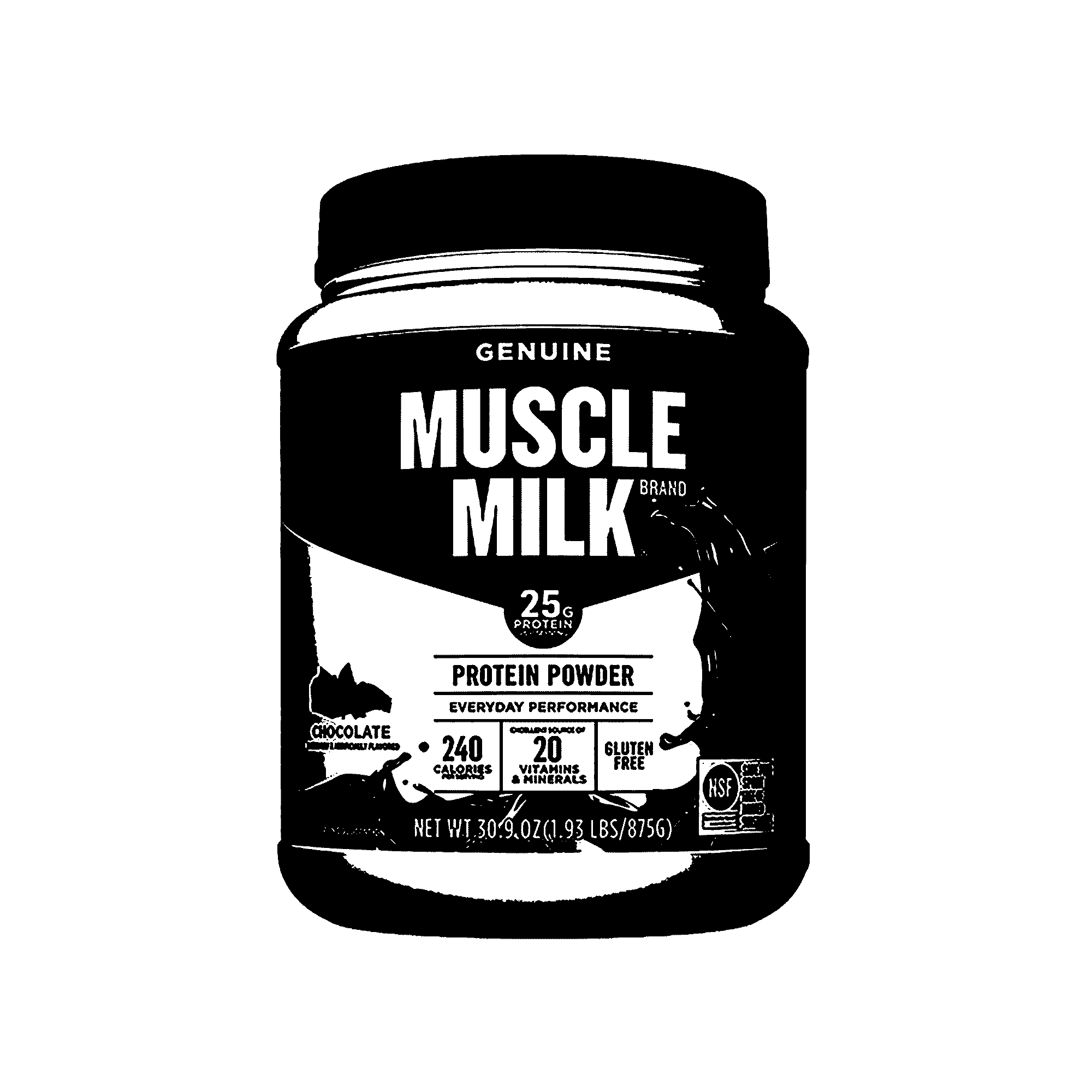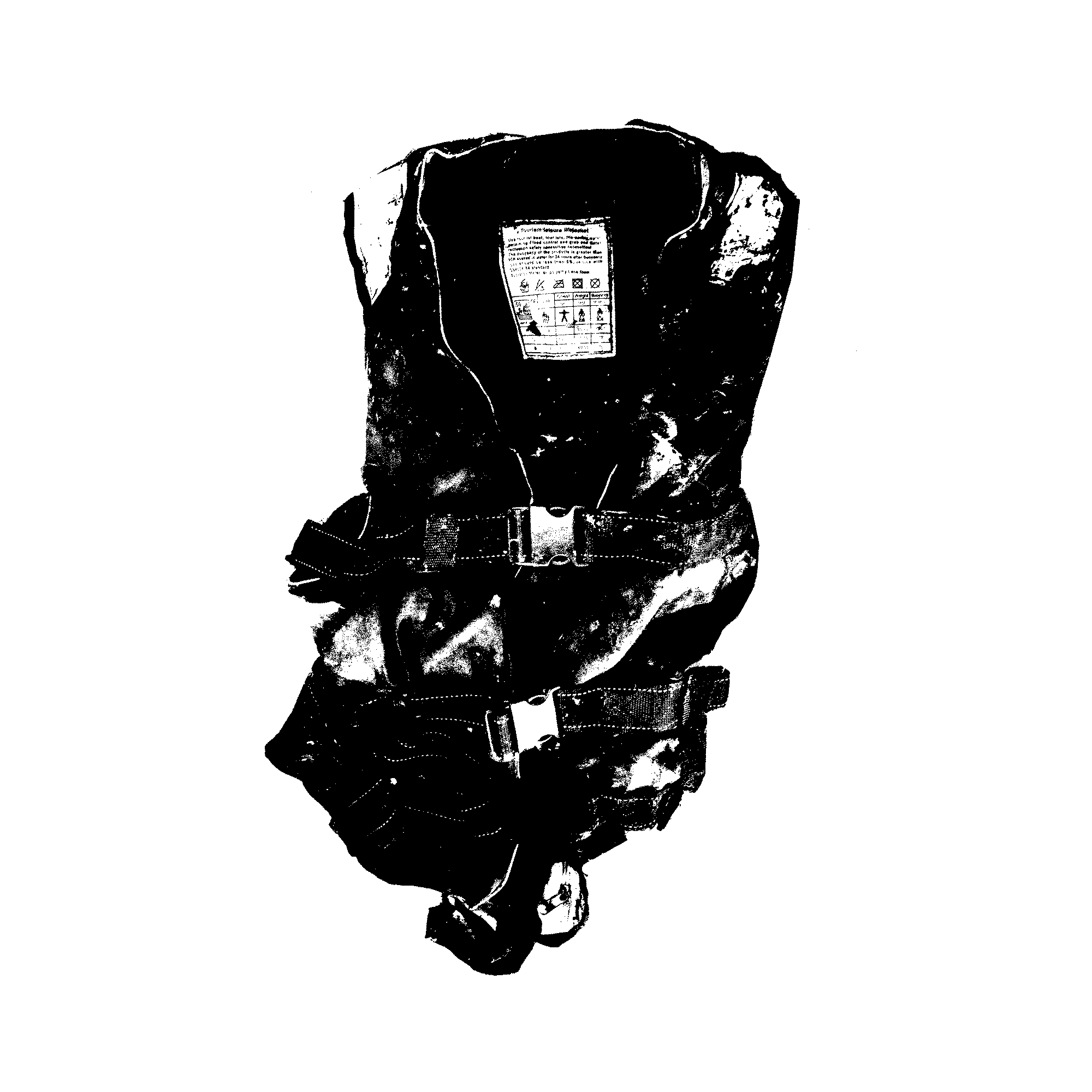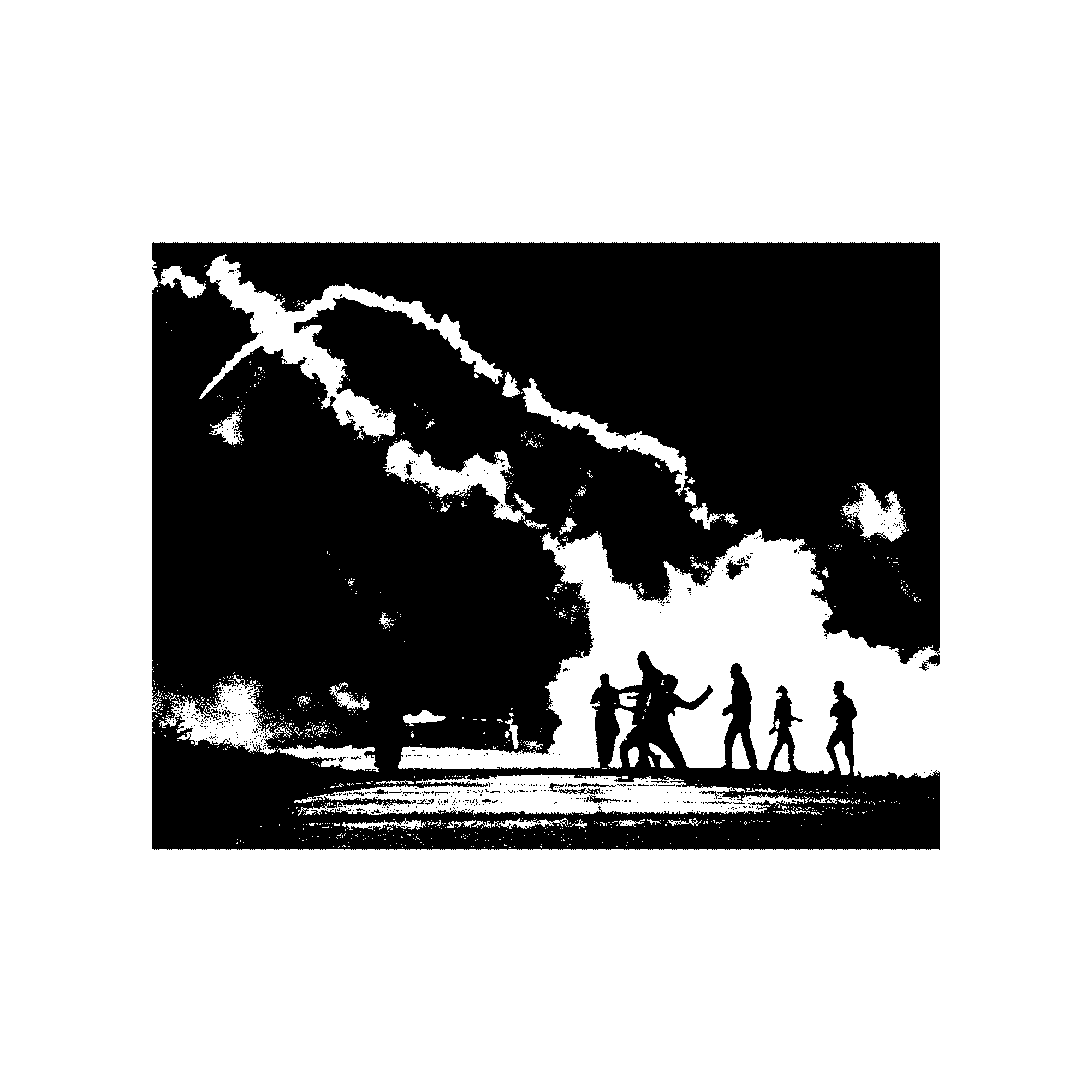Yasmine
caught on the
wrong side of
a war in which
neither side
was the winner
Du-Dum DUM, Du-Dum DUM, Du-Dum DUM (…) I am sitting on the steps that lead up to the rafters and my living quarters above. Du-Dum DUM, Du-Dum DUM, Du-Dum DUM (…) So many mummies and their children are now gone. But to come back to the here and now: the first set of steps on the left as you enter, that lead up to the first floor. Du-Dum DUM, Du-Dum DUM, Du-Dum DUM (…)
I am bouncing a tennis ball down the steps, stained with the excrement of birds, pigeons to be precise. They are my only companions here (…) Unless it impacts in a perfectly elastic collision, a moving tennis ball will lose energy when it collides with another object. This can be seen in Figure 1, where a tennis ball is bouncing on a surface. Each time the ball bounces, it deforms and loses energy to the collision, and is unable to regain its previous heights. A tennis racket is designed to return as much energy to a tennis ball as it can when the two impact. The racket does this through the use of flexible strings. Ideally, the strings deform elastically under the force of the ball’s impact, then fully recover their shape and tension before impact. That is, ball impact stretches the strings, which then exert a force on the ball as they restore themselves to their original position. By using strings that deform under impact, it is hoped that the tennis ball does not deform, and thus does not lose energy. Theoretically, the strings should be fully elastic, to return all the energy that goes into string deformation back to the ball, but in reality the strings are likely to be at least slightly viscoelastic, and will undergo plastic deformation not only after each impact but as soon as they are strung. The effectiveness of a racket’s rebound can be quantitatively measured as the coefficient of restitution, which simply put is all about the dynamic balance between “Power vs. Control”.
My worn jeans are a little too small, and reveal my perfect, delicate ankles, before my feet slip fugitively into some worn hiking boots, with just a tuft of sheepskin at the neck, like livestock preparing for slaughter, or reminding me of dressing up for winter as a teenager in France. But to return to the boots: these were the kind that used to sell to mainly urban consumers wanting to at least give the impression that they still had some connection to hiking and working the fields (and other such things), even though it was really to cover up their fear of open spaces and the insecurity that provoked – which may also link to my childhood, the first in Casablanca and in a different way that in the suburbs of Marseille. A daily anxiety of the middle classes, but all that anxiety was gone now.
Du-Dum DUM, Du-Dum DUM, Du-Dum DUM (…) The hiking boots were torn in parts where the stuffing was leaking out, like the innards of some eviscerated soft toy. I was desperately horny. Du-Dum DUM, Du-Dum DUM, Du-Dum DUM (…)
My stomach forced me to get up, after I had put it off as long as I could. I limped down the steps, more for effect than because I needed to. Interestingly not that many people had killed themselves inside; somehow it didn’t seem public enough. So interiors became a relief from the vale of corpses that the outside world presented. And yet they also became like a prison or a tomb for one’s own mind to talk to itself. As flakes of wood and metal splintered and fell from the remains of the ceiling, they lingered like dust motes or pollen, sometimes catching the light like magical sprites or fairy dust, before mixing with the shit-stained floor like gravel and then crunching underfoot (…) the sounds blurring for me after so many days and nights, walking around the central stairwell to the café for stale cake and tinned fruit (…) today I thought I would be civilised and have tea (…) The genus Camellia includes some 82 species which are mostly indigenous to highlands of south-east India. Tea is the most important of all Camellia spp. both commercially and taxonomically. Since all Camellia spp. do not produce the brew that goes into the cup that cheers, taxonomy plays a major role in the identification of true teas among the Camellia spp. for commercial exploitation. Many non-tea species of Camellia are however used as ornamental plants.
Tea is a heterogeneous plant with many overlapping morphological, biochemical and physiological attributes. Cultivated tea is maintained as a low bush in a continuous phase of vegetative growth: it is therefore essential that vegetative characteritics are correctly chosen to differentiate taxa. But most vegetative characteristics of tea show a continuous variation and a high degree of plasticity, and hence, cannot be separated into discrete groups to identify taxa. Indeed tea has hardly any vegetative feature that can be said to have a discontinuous variation.
These drawbacks notwithstanding, leaf pose and leaf macro-morphological features, including leaf colour, have been widely used as diagnostic criteria in tea taxonomy. Thus tea ws grouped into light-leaved or dark-leaved types on the basis of leaf colour, or high or low jats based on serrations on leaf margin. It is difficult to rank or sort out these and related morphological variables in order of their importance, especially in their relative importance, in tea taxonomy: hence an element of subjectivity has always crept in all attempts to classify tea.
6 cups later, and I could feel my bladder swelling up with nervous energy, and you know what I just couldn’t get up, and maybe this was a reaction to the tea, but as I sat there and peed myself I wondered if the skinny art student these jeans had belonged to often wished to let herself go and just pee sitting on the bus or in a lecture (…) just pee and feel the hot burst of warm liquid in her knickers, soak into her jeans and the seat beneath her, and just enjoy the fact of relaxing and creating a membrane between urethra, denim and either the cloth or the hard plastic of the seat beneath her. And the warm seepage into her ass, like sitting down without looking on a wet park bench, after a balmy summer rain. So many little things we don’t allow ourselves, and why?
Suddenly I heard the crunching sound of my little plywood entry-hole being kicked through and the sound of gravel being trodden underfoot again. But I hadn’t moved, I was pretty sure of that (…) it sounded like the prow of a ship bearing down on ice. Like in the fjords outside Stavanger. I suddenly felt nervous like a schoolgirl that I had just wet myself, but there was nothing to do. He was a skinny, slightly effeminate young man, with obvious narcissistic tendencies:
‘Please don’t worry I won’t hurt you…’ He said, whispering like some fool out hunting partridges for the first time and warning all the birds in his path, no matter how soothingly he thought he was speaking.
‘What makes you think you could?’ Sometimes these people made me laugh, with their nice manners and sense of their own moral rectitude. When you have been raped by both sides of a conflict for long enough. You stop caring about the conflict and just make sure you hurt anyone who dares try. The question remained whether to kill him, or just let him go on his way, knowing that he’d probably take care of that himself in due course. I didn’t really like his clothes.
‘(in a saccharine voice) Can you help me? I seem to have wet myself?’ I really needed to fuck, so I took off the wet jeans and allowed the little boy be a man. Du-Dum DUM, Du-Dum DUM, Du-Dum DUM (…) We set off scavenging.
I took the jeans off the body of a young Anglo-Saxon woman, pretty in a rather insipid way. I think she must have been studying psychology or critical theory or some other self-indulgent narrative, she looked the type: understated Swedish hipster jeans, and high street knitwear meant to go unnoticed (the right understated combination of provincialism, bohemianism and structured tailoring). She was larger than I was and curvaceous: I liked the feel and the flow of air between her jeans and my skin, reaching a point of tension where they pressed against my thighs, like being held down by a man with a history of control issues, protein shakes and steroids.
I had masturbated after removing the clothes from their owner and before replacing my own freshly discarded garments with them. There was a slight thrill at accidentally finding ourselves naked together, and having disrobed her gently like one would a newly-minted lover (…) what I wouldn’t give for a cigarette.
He ran off to explore, while I found a new stairwell, enjoying the reviving sense of cold marble running up my ass and my spine, as I reclined into the arch formed by the stone walls: like a chess-piece, which along with its fellows supported the balustrade of this noble batiment. Once my body had acclimatised I began again, passing the time:
Du-Dum DUM, Du-Dum DUM, Du-Dum DUM (…)
We walked through various spaces together: the gardens of Mount Edgcumbe, their layout enduring past the end of the world around them. The wind and the spray of the sea whipping our faces, as if branches carried by cruel and sadistic priests to chastise us for our survival.
We fucked in the toilets, somewhere between privacy and exhibitionism (…) how very English. They were always tucked away and flooded and there was something soothing about having one’s ankles in stale, mildly fetid water. The drowned world (…) the whale beached at Red Rock, its carcass decomposing as day turns to evening all lit by a hazy red sunset. It was on the 3rd of these visits that I felt it was ok to move things along a bit:
‘It’s ok, you can hit me if you want,’ I say, silently goading him on with the rocking of my ass. And when he starts, tentatively at first and then growing in confidence, I encourage him like one would a little boy:
‘Come on you little queer, let it out, you passive-aggressive little pussy. Full of anger ‘cos your daddy gave you his belt rather than his cock (…) come on with that little needle dick of yours, you’re gonna (…) I can smell your fear, faggot….’
Next thing I knew he was lifting me out of the dank water and kissing and caressing me gently, whispering all sorts of bullshit about doves (not pigeons) and that things would be different. Thank god he wasn’t apologising, otherwise I would have had to kill him.
‘What did you do before?’ he asks me for the three hundredth time. I recoil: ‘Why do you ask me these questions?’
After a time we decided to head out for warmer climes (…) it was funny to think that only 20 years earlier people were struggling and dying to get here and we decided to go and work on our tans, but then people who could afford to were always doing that too. Birds just flew South, but we made rules up that allowed certain people to go one way, and only let people come the other when cheap labour was needed to fuel stagnant economies, where people thought they were too good to work. My father had been a Marxist and a professor of history at the American University in Casablanca – funny that, I’d always idolised him, never really realising how untenable (even syntactically) his position was in the face of the slightest criticism (…) And in a sense that was what we were reduced to, whether in Casablanca, London, New York or France. We were all double agents, whether by choice or by circumstance (spoken while passing refugee camps and riots and burning). Collateral fall-out from the Europeanization of the globe (…) caught on the wrong side of a war in which neither side was the winner, as we were just proxies within a larger structural reintegration. Like many an indigenous people, we might be preserved as folk tradition, but anthropology, much like history would always be the study of death.


